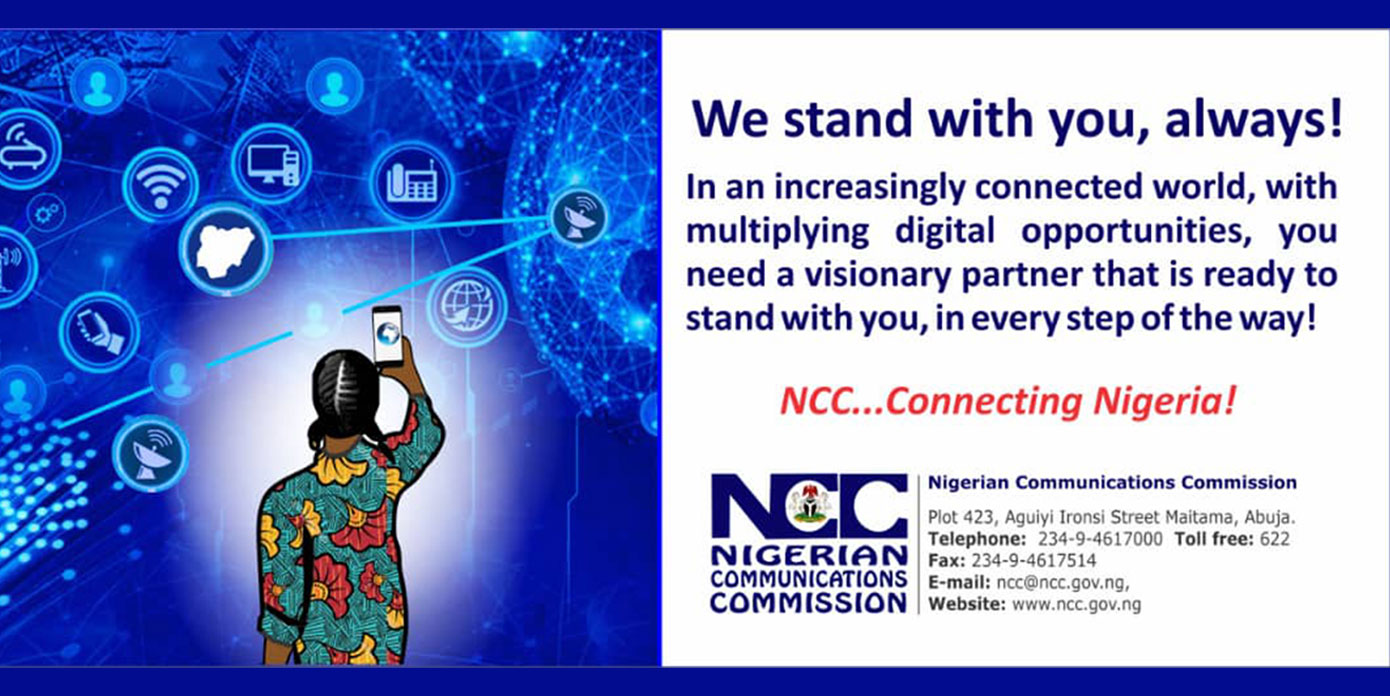The enterprise segment will be the principal driver of future IoT deployments. By 2025, we predict that out of a total of 25 billion IoT connection more than half will come from the enterprise/industrial sector.
This is what we have been forecasting. And this is what increasingly comes up during conversations with players in the IoT ecosystem. More important than our forecasts, though, is the fact that recent evidence suggests this is correct.
To be fair, a focus on the enterprise might run contrary to other views in the market. Yet as companies continue their quest to digitalise their operations, it’s only natural that the IoT market will scale…and our Enterprise IoT survey has confirmed just that. The enterprise appetite for IoT is immense: 65 per cent of enterprises have already deployed IoT solutions. And while the large ones may get the attention, some of these are very small companies. Given the fact that most companies are small, SMEs (small to medium enterprises, which include those with fewer than 250 employees, account for the vast majority of businesses, almost 95 per cent according to the OECD), we looked at enterprises with upwards of 20 employees in our survey. And, sure enough, the demand for IoT was near universal.
So let’s dig a bit more into the survey.
We wanted to understand what’s, whys and how’s that are driving IoT adoption across enterprises. To that end, we asked IoT decision makers across eight verticals and 14 countries about all things IoT: their IoT deployment plans and timeframes; the scale of their IoT projects; their technology and vendor choices; the reasons behind their investment in IoT; key challenges, benefits and how they measure IoT success. Add to that questions around data analytics, security, and other IoT components and the result is a lot of data. Data which I am very excited about interpreting. But where to start?
That’s a good question. The easy answer is to look at our first cut of survey insights published recently, (IoT in business? The enterprise voice on the adoption choice), digging into the drivers, challenges and measures of IoT success.
The better answer, however, involves the takeaways and longer-term implications for this rapidly developing market? Such as:
Small is big. The majority of IoT deployments are currently small. Even though IoT is moving beyond trials and proof-of-concept (PoC), the current size of deployments makes it feel like we’re still in a trial phase. One of the reasons for the smaller scale, is simply that smaller enterprises tend to deploy fewer devices.
We see this scaling up as the overall market matures and new capabilities emerge. Think small retail organisation currently connecting their point-of-sale (PoS) machines, adding a few security cameras, fleet management for the vans, smoke detectors et cetera…looking into the future these devices could be supplemented by automated check-outs, beacons, inventory management, and even robots. As more data is generated, collected and analysed, the application of AI/ML, in turn, will lead to new use cases and further benefits. And of course more connected devices.
Productivity tops all. Less than one in four (22 per cent) of enterprises pointed to unclear RoI as a challenge to IoT solution deployment. And this is the same for both SMEs and larger enterprises. At first glance this is surprising given this is an emerging area and a lot of people still heavily focus on RoI. Our survey results point to IoT deployments focus on low hanging fruit and targeted use cases.
For example, Ericsson’s Panda Nanjing factory (its largest industrial factory involved in the manufacture of its radio products) deployed IoT to automate production, resulting in savings from increased efficiency, a reduction in maintenance costs and increased flexibility in product line design. The first year provided a 50 per cent return on investment, while breakeven is projected in less than two years. This is reflected in our survey results: increased productivity is one of the key drivers of IoT adoption and success is measured through cost saving/process efficiency. Beyond that IoT creates additional opportunities for companies: tailored products and or services; better insights; and improved business processes to name but a few.
Last week, I moderated a panel session at Smart IoT London, on the topic of RoI on IoT. There’s a wider set of implications to consider when thinking about the future direction of enterprises. Whether we call it digital transformation or the Fourth Industrial Revolution, it’s clear that the very nature and DNA of enterprises is undergoing a major transformational shift (for example: moving from product- to service-based), which in turn requires both cultural and organisation change. Smaller enterprises might take longer to embark on this journey. Yet, there was a clear consensus on the panel that RoI for more transformational IoT projects will be harder to measure but the overall impact will be greater.
Challenges remain around integration, security and cost.
These are felt by all enterprises, no matter the size. A lack of internal skills can then often exacerbate typical challenges around integration, maintenance and security, while the enterprise also suffers from a custom-build price premium.
So what can be done to avoid this? We saw this year at MWC19 Barcelona the theme of “making deployments simpler”, where partnerships are emerging between different industry players aimed at addressing enterprise pain points around integration and security.
Being able to address the small enterprise segment is one of the key challenges for any vendor, including mobile operators. It requires a different skillset, building blocks and relationships. Unfortunately, there isn’t a one-size-fits-all recipe for success. It requires skilfully crafted partnerships across a fast emerging and developing ecosystem to deliver on small enterprise needs. Source mobileworld.
– Sylwia Kechiche – Principal Analyst, GSMA Intelligence
The editorial views expressed in this article are solely those of the author and will not necessarily reflect the views of the GSMA, its Members or Associate Members.












